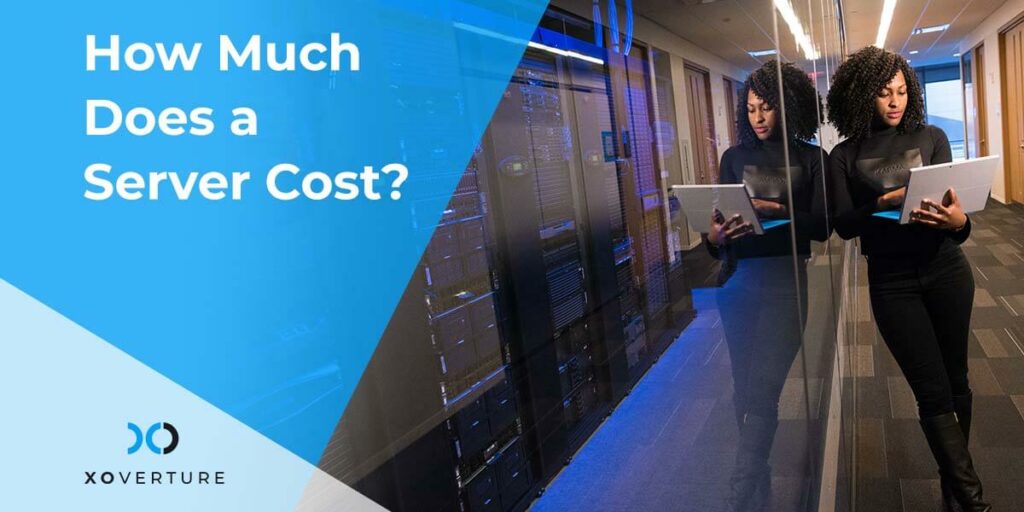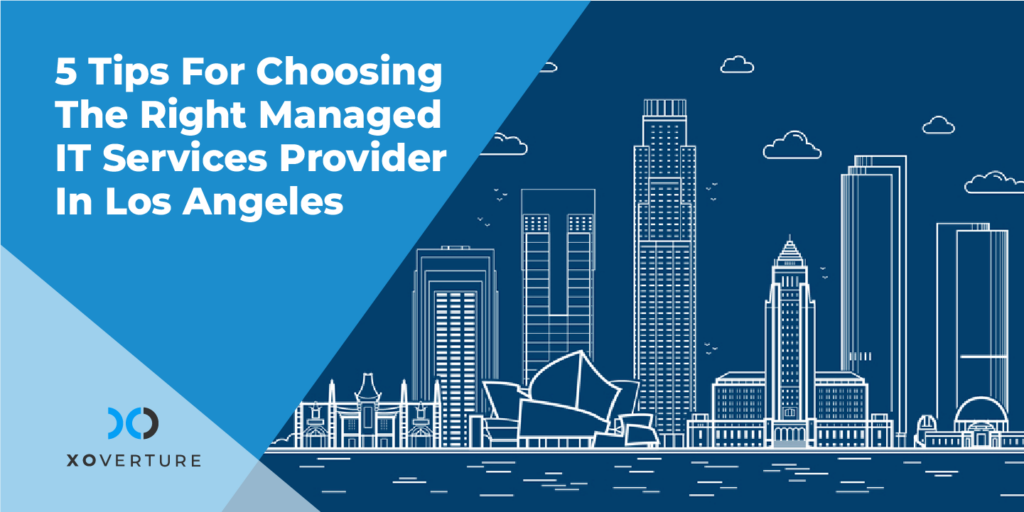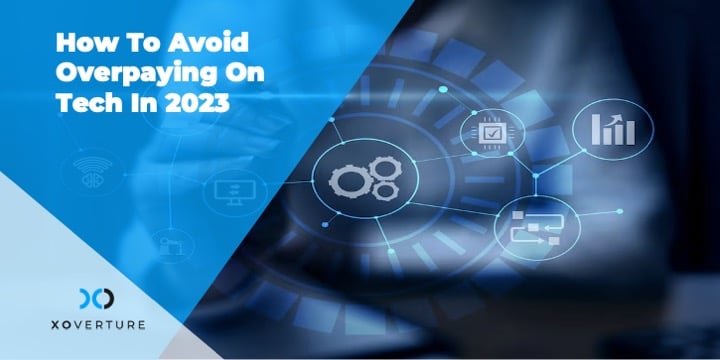Servers are a foundational element of all IT setups. Any business which is growing rapidly will sooner or later need a server for their business purposes.
There are a lot of options for buying a server for your business. Let’s look at how much a server cost and how you can set it up for your business in 2022.
What Are Servers Used For?
Business servers are set up for serving specific functions. These depend on the nature, size and scope of the business. So, if you want to understand the pricing on the business server you want, you must consider what it will do.
- Application Hosting
- Email Hosting
- File Storage/Sharing
- Windows Domain Controllers
- Printer Servers
- DNS Servers
Server Types
Physical Servers
You purchase, assemble and install the server and place it in your commercial premises. The advantages here include reliability, custom security, and high-performance.
On the other hand, you will have to spend a fair amount on procuring and setting up the server as well as maintaining it. This can run up quite a cost so getting expert IT consultations before committing to a dedicated server is often the best course of action.
Virtual Servers
Virtual servers are set up using hypervisors which can allow for use of multiple servers on a single physical server. The advantage here is lower costs and increased scalability.
Cloud Servers
Cloud servers are physical or virtual servers set up and maintained by another company. You manage and access them via the internet.
How Much Does a Server Cost?
Buying a server for your business can rack you up between $1000 to $2500. You will need to consider many factors to get it up and running properly.
Consider core hardware like CPU, hard drives, memory such as ECC RAM, chassis, processor, motherboard and power supply. You will also need to consider the operating system and additional server-related software.
Further, you will need to cover additional server maintenance and replacement, power and cooling costs, hardware and software support.
You can simply get a pre-built server but this comes with its own limitations. You can get a custom server instead and arrange it yourself.
Server Cost Breakdown
- CPU – typically around $900
- Hard drive – typically around $250, depending on the size and speed of the drive
- RAM – around $350 for 64 GB
- Power supply – around $100
- Software
- Operating system
- Windows Server OS – $500 – $4,000 per server
- Linux – free
- Applications/add-ons
- SQL – $900
- Exchange – $700 – $4,000
- SharePoint – $400 – $3,000
- Citrix – $400 – $3,000
- Operating system
Setting Up Your Physical Server
Building a server is a rather complicated task. Most companies prefer hiring IT experts for the job. Still, if you want to set up a business server, you can go through to follow steps to understand the process in detail:
Hardware Setup
There are basically three types of servers hardware. These are rackmount, blade and tower. The first two of these are installed on a CPU chassis which makes them very easy to scale upwards. Tower servers are basically like home PCs but they are built to work as a server. Now, when you are going to build your server, you will include the relevant hardware as mentioned above.
Setting up your server priorities will help you find the best use case. If you want a database heavy server, then you need a redundant array of independent disks or RAID server. You will need to set up multiple disks to cover for data overflow. Web hosting servers often go with database servers and demand higher-end RAM requirements. For file or email servers you will need multiple hot-swappable drive bays with a moderate CPU.
Software Setup
Installing your server is fairly easy once you have organized your process. Once you get the hardware linked up together, pop in the installation software and follow the steps through.
The final part of the process involves you setting up a local admin for each device on your server network. It is also going to involve any related devices like printers which will feed directly into printer servers. Sort the data apps and upload their data resources with specific instructions for specialized software like CRMs, ERPs or accounting software.




